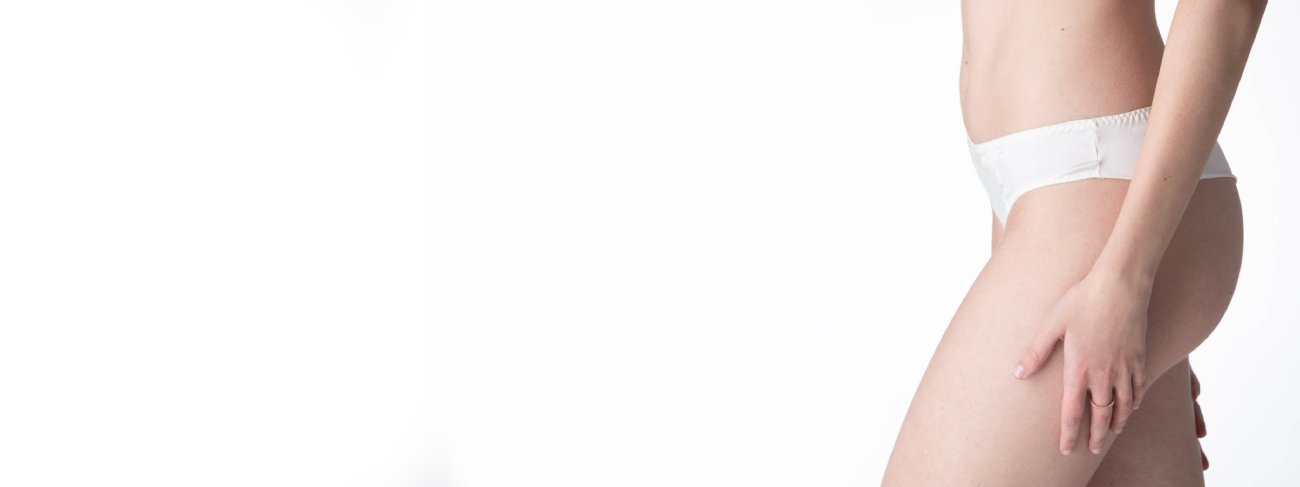

The most serious complication involved with varicose veins is the risk of developing leg ulcers, or – in combination with other factors – dangerous thrombi with a risk of embolism. Varices can be treated conservatively in mild cases, but often require surgical intervention. The doctor recommends a method of eliminating the varicose veins after the initial examination, including a duplex ultrasound to assess the superficial and deep venous system and the connections between them (perforators). Ultrasound is also used for post-surgery checkups to verify the success of the treatment. In the vast majority of cases the doctor will recommend that the patient wear Class II compression socks. Typically the larger the vein, the longer the patient will need to wear the socks. For the first one or two days the patient will need to wear the socks day and night, and during the day, mainly when sitting and standing, for two weeks after that. Most of the methods described below for treating varicose veins do not require any major limitations after the procedure.

This is a non-invasive procedure used to treat spider veins and reticular veins. Sclerotherapy has primarily an aesthetic effect. The doctor applies a sclerosing agent (Aethoxysklerol) to cause a sterile inflammation inside the vein. This shrinks the vein wall and transforms it into a fibrous cord. Sclerotherapy falls into essentially two categories: liquid (for treating varices of up to three millimeters) and foam (for larger varicose veins and reticular veins or web-like varices).
The doctor injects the foam or solution into the varix in a concentration determined by the size of the vein being treated. The patient then needs to wear a compression sock as instructed by the doctor. The effectiveness of the sclerotherapy depends on the duration and consistency of wearing the compression socks.
The patient must spend 30 to 60 minutes in intensive walking immediately after the procedure. We recommend avoiding high-impact sports and long periods of standing for three days. Walking would be an appropriate form of exercise. Patients should avoid medications affecting blood clotting for at least a day after sclerotherapy.
Patients usually do not experience any discomfort after sclerotherapy performed on small veins, while treatment for larger veins may result in some swelling, hardness and slight pain.
Sclerotherapy can also be used in combination with other vein treatments. For best results patients usually need two to four sessions 4 to 6 weeks apart. Usually no restrictions are necessary after the procedure.
This is an alternative to conventional sclerotherapy for varicose veins often used to treat reflux in perforators connecting the superficial and deep venous system. This method is also used to treat recurrent varices that cannot be surgically removed or to treat venous ulcerations caused by perforator vein insufficiency. Guided by ultrasound, the doctor inserts the appropriate amount of foam into the vein to gradually harden the vein. The patient wears a compression sock immediately after the procedure.

This method of treating varicose veins involves using a ClariVein device, which combines mechanical disruption of the vein wall inner lining with foam sclerotherapy. Mechanochemical endovenous ablation is suitable as treatment for varicose veins especially because it is painless and non-invasive. This method is highly effective and involves minimal restrictions after the procedure. ClariVein cannot be used in cases where a patient has had previous superficial vein inflammation.
This method involves converting laser energy to heat, which is why it is also called endovenous laser ablation. The procedure involves superheating the vein wall, making the blood bubble and disrupting the collagen in the walls but leaving the surrounding structures intact. As a result the vein shrinks or seals. Gradual fibrotic changes occur six to twelve weeks after the procedure and the abnormal vein is destroyed. This method is a non-invasive alternative to conventional surgical treatment of varicose veins. Its advantages include less pain, much less bruising, improved cosmetic effect and shorter recovery time.
This procedure involves surgical removal of individual varicose veins performed under local anaesthetic. The doctor makes tiny incisions in the skin and removes the problematic vein. This method requires no stitches and heals within a week, while bruises disappear within a month. Patients should wear compressions socks for seven days and avoid strenuous physical actiity and sports for three weeks. Cosmetic mini-phlebectomy can also be combined with sclerotherapy or other treatments.
This technique uses the VNUS™Closure Fast system to insert a catheter with a radiofrequency probe into the affected vein. It usually only requires a small incision under local anaesthetic, after which diluted anaesthetic is pumped into the vein to protect the surrounding tissue from overheating. Analgosedation can also be used. The radiofrequency probe is slowly withdrawn and the vein closes. The blood is then re-routed to healthy veins. Next the doctor removes the varicose vein networks using tiny incisions and special hooks.
The VenaSeal™ Closure System removes varicose veins using Cyanoacrylate, a tissue adhesive. This creates polymerization between the vein lining and the tissue adhesive, which immediately closes the vein. This creates an inflammatory reaction in the vein and surrounding area, and the vein is gradually transformed into connective tissue.